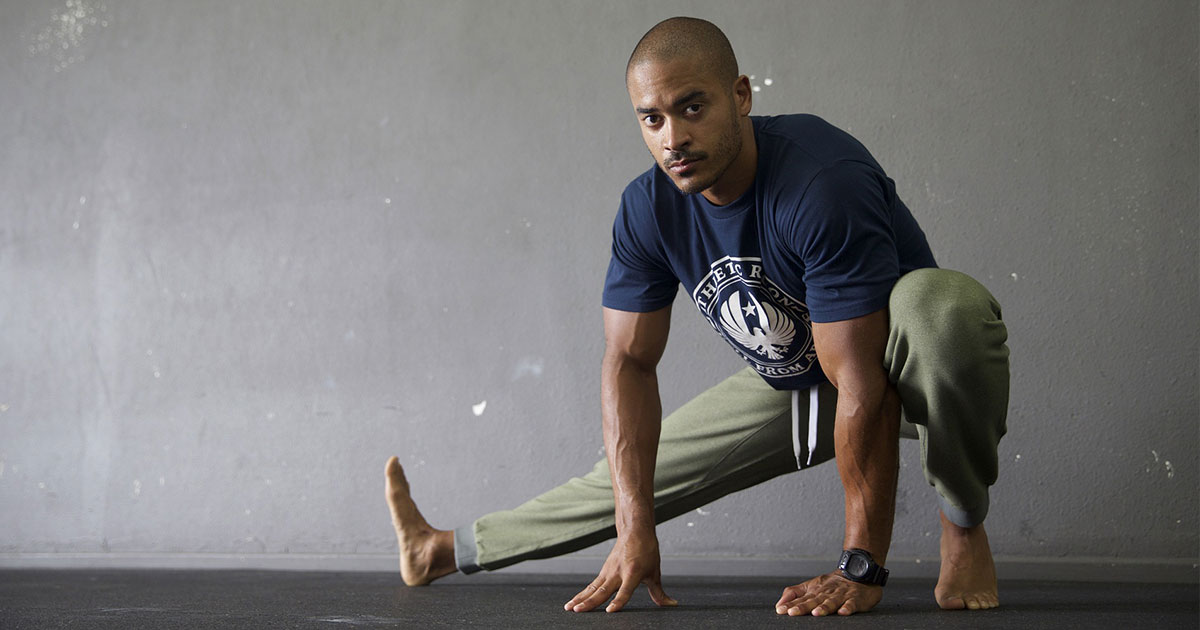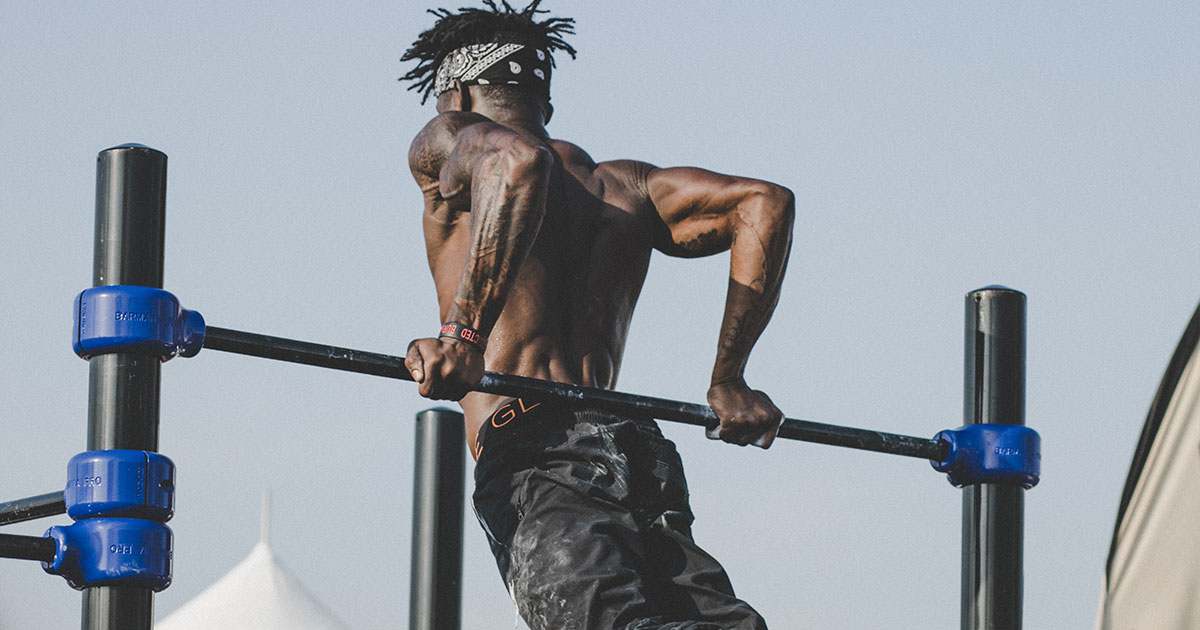What is a typical CrossFit workout?
We have heard so much about CrossFit: how amazing it makes us look, how remarkable it is for our health and nutrition, and how addictive it can be. The idea of beginning CrossFit is therefore tempting.
We, too, would like to incorporate a fitness routine to our daily lives as soon as possible! With the objective of getting in shape or maintaining a lean physique, we want to know: what is a typical CrossFit workout?
Mobility and warm-up

A typical CrossFit workout always begins with a warm-up. Some athletes come in early to work on their mobility. Whether it is to prep their range of motion for the WOD (Workout Of the Day), or to improve one of their weaknesses for example: hips, shoulders or ankles. Mobility can be worked with a foam roller, a PVC pipe, a lacrosse ball and an elastic band.
The coach gives his instructions even to warm-up. It is crucial to elevate heart rate, loosen joints and increase muscle blood flow. The warm-up always targets muscles and joints which are going to be worked on the most during the rest of the session.
This first step takes a good 10 minutes before setting up the next part of the WOD.
Strength and Rep Max of the day

A CrossFit workout is most of the time comprised of a strength component. Whether it is a back squat, a front squat, a strict press or a deadlift, it consists of lifting the heaviest load we can for today.
This “for today” aspect is important because it signifies that we are not looking to kill ourselves doing this lift, but rather trying to gauge our fitness, just for today. It may be less than it was when we tested it 2 weeks ago or perhaps higher.
It gives us an indication on the status of our nervous system and muscular fatigue. Usually, the rest of the strength part depends on this rep max, during which numbers are calculated to establish other percentages.
Skills and Drills

When there is no strength component in a WOD, there might be a skill part where the goal is to work intensely on progressions. It might be exercises to induce muscle memory for example for muscle-ups, or strict movements to activate smaller muscle groups such as pull-ups.
This type of training can be thought of as “boring” compared to a series of kipping pull-ups but they are the foundations to solid form and good technique.
MetCon
MetCon is short for metabolic conditioning. This is when all the movements of CrossFit are blended into one workout. Elements from gymnastics, weightlifting and conditioning are typically condensed into one or two motions, repeated several times and ordered in a logical system.
The metcons come in 3 forms:
- For time with a time cap – meaning that the workout is supposed to be finished within a certain time frame.
- AMRAP, acronym for As Many Repetitions As Possible means that we keep moving within a specific lapse of time.
- EMOM, acronym for Every Minute On the Minute means that each minute for a certain period of time, we complete a series of movements. If we are done under a minute, we rest until the next minute.
According to Greg Glassman, founder and CEO of CrossFit,
“The gymnastics modality comprises body weight exercises/elements or calisthenics and is to improve body control by improving neurological components like coordination, balance, agility, and accuracy, and to improve functional upper body capacity and trunk strength. The weightlifting modality comprises the most important weight training basics, Olympic lifts and powerlifting, where the aim is primarily to increase strength, power, and hip/leg capacity.”
Therefore, there is always a purpose for the sequence of movements programmed by the head coach.
Cool down and stretching

This part of the WOD is as important as the warm-up. It maybe not always instructed by the coach but is vital if we want to avoid being sore or stiff the next morning.
We can cool down by cycling or rowing 5 minutes at moderate intensity and by doing a couple of mild stretches. There should be no pain but rather a nice soothing feeling afterwards. The ones who stretch after a long, heavy and taxing workout are usually not the ones who have difficulty to move their bodies the day after!
